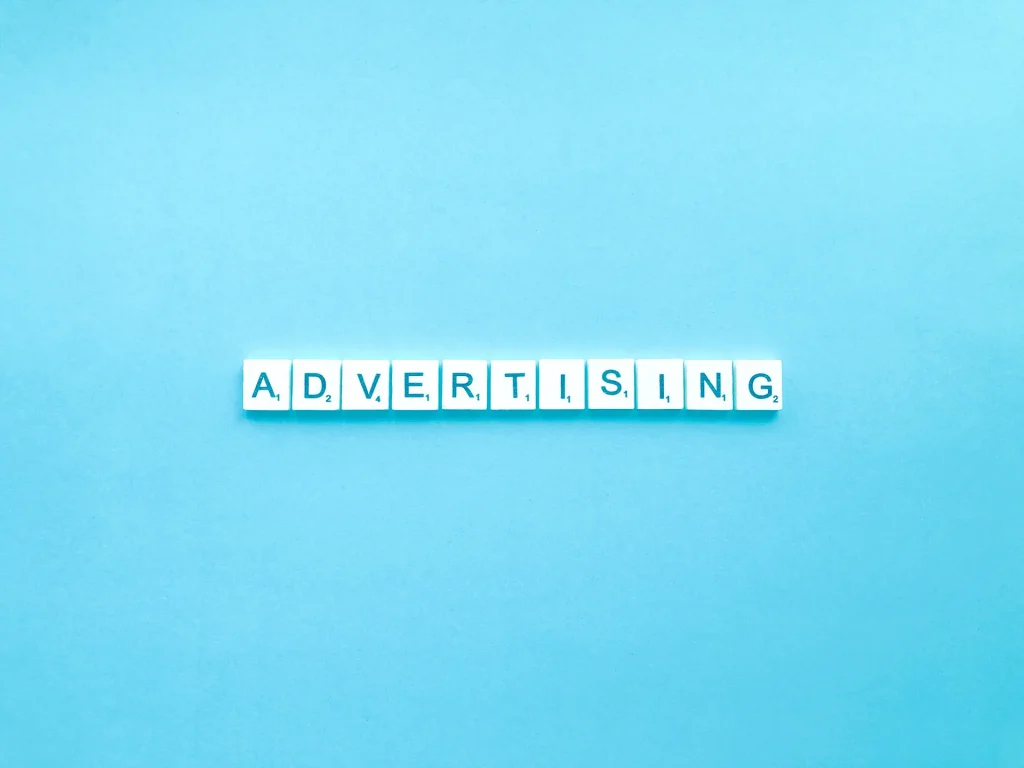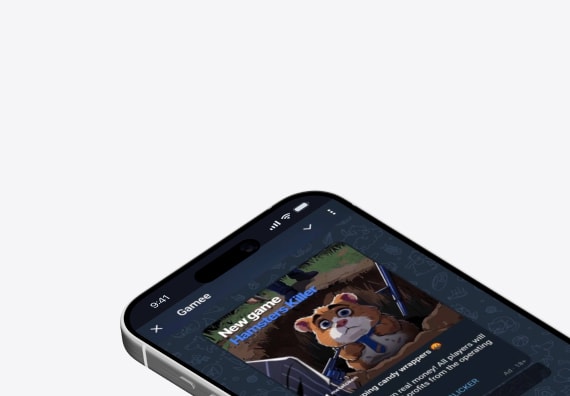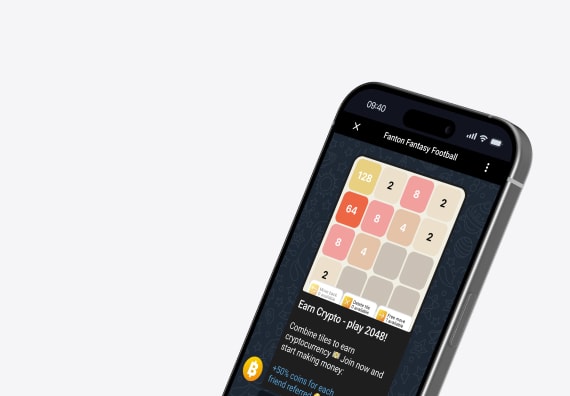Native advertising is a type of ad that blends seamlessly into the content around it. The term “native” comes from the Latin word “nativus,” meaning “natural,” which perfectly describes this kind of advertising.
Big brands and small businesses alike use subtle and indirect methods because traditional banner and direct ads have become overused and are often ignored. Naturally woven recommendations feel organic and don’t provoke negative reactions.
Features of Native Advertising
Native advertising aligns with the theme of the platform where it appears. For example, on a beauty website, you won’t find ads for programming courses. It adapts to the content format, whether it’s posts, audio, video, or any other material familiar to users. These ads look like regular articles or videos but don’t have obvious “advertisement” labels. They avoid direct calls to action like “visit the sponsor’s page” or “thanks to the company for this content.”
Native Format and Native Content
Both format and content can be native. Formats include search results on Google, where pages that match keywords appear at the top. The same goes for site search engines, which show information with native content first. There are also news-like blocks on media sites that stand out as native content. Natural elements, like separator blocks in articles that blend with the main material and subtly suggest something, are examples of native format. These elements are often marked as “recommended based on your interests.”
Content is considered native if it includes indirect advertising placed in blogs, social networks, or special pages. This kind of content doesn’t irritate users and effectively promotes the brand or product.
Types of Native Advertising
Sponsored content casually mentions a product without explicit links. Examples include product reviews from bloggers or the use of well-known brands in movies. Recommended content includes product and service picks with links from trusted figures like bloggers and influencers. Users see these posts as personal recommendations.
Special projects are collaborations between brands and platforms, such as games, quizzes, and tests. For instance, an educational company might create a test advising on which IT profession to pursue. Informative articles provide useful information while subtly promoting a product or service, like articles that lead to courses or products that might interest the reader.
Placement of Native Advertising
Native content can be placed on social networks, thematic websites, and search engines. On social networks, native digital advertising feels “at home.” Group posts often include sponsor recommendations. Thematic websites and blogs easily incorporate advertising into their content. For example, science blogs might recommend books from publishers. In search engines, native digital ads, SEO suggestions, and recommendations are used.
Benefits of Native Advertising for Business
Native display ads aren’t blocked by browsers because they’re seamlessly integrated into the text and don’t stand out as a separate element. Native ads are less tiring for users, perceived along with the main content, and don’t irritate. They attract new customers due to their originality and spark “word of mouth” as users share content with friends. Native ad campaigns are hard to ignore because they’re part of the main material. They have high engagement, with users carefully reading articles and watching videos. The longevity of native digital advertising lies in its ability to continue working even after the campaign ends.
Steps to Create Native Advertising
Creating ads native starts with defining the target audience. It’s crucial to analyze not only the audience but also the platforms for placement. Then, create content that fits the format, whether it’s a photo review, video recommendation, or social media post. The content should be unobtrusive but effectively convey the brand or product’s values. Distributing content across different platforms increases the chances of success, and constant updates help maintain interest in the product.
Conclusion
Native and display advertising is unobtrusive but effective. It doesn’t irritate but benefits readers. Create interesting and useful content, analyze the audience, and choose the right platforms for placement. Good luck and high conversions with the best native ads!


